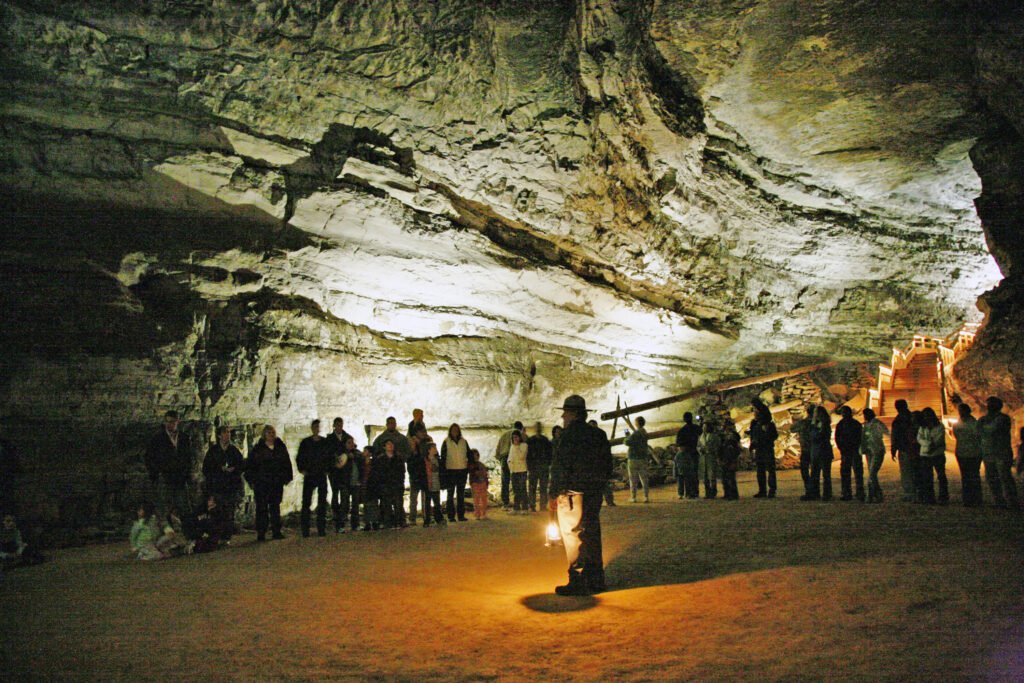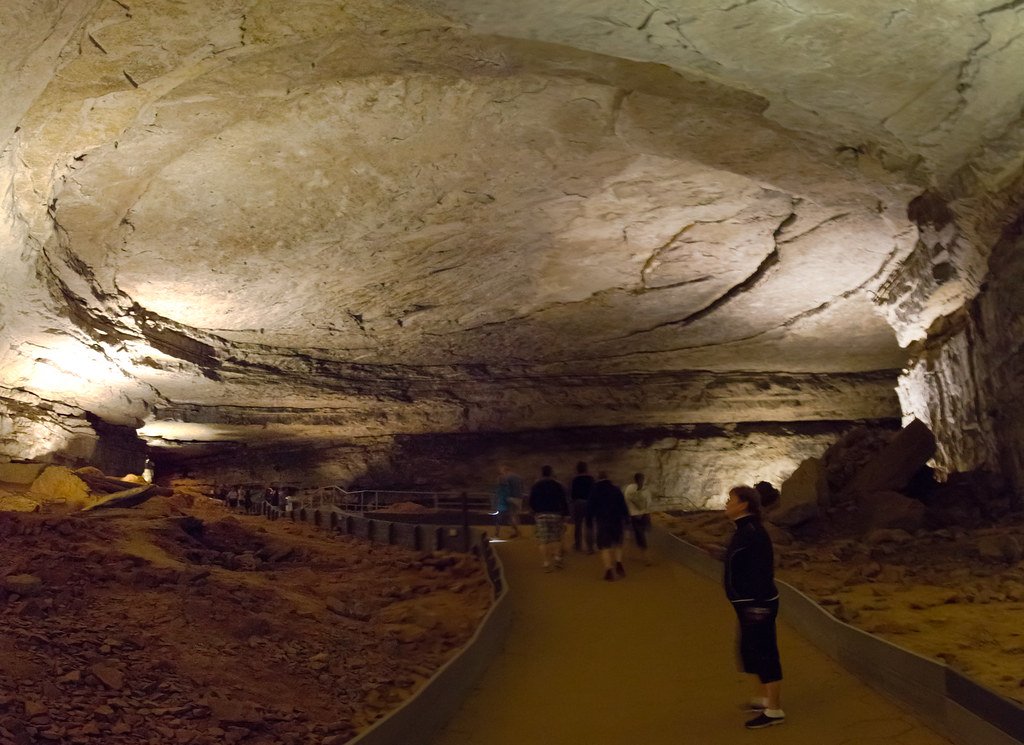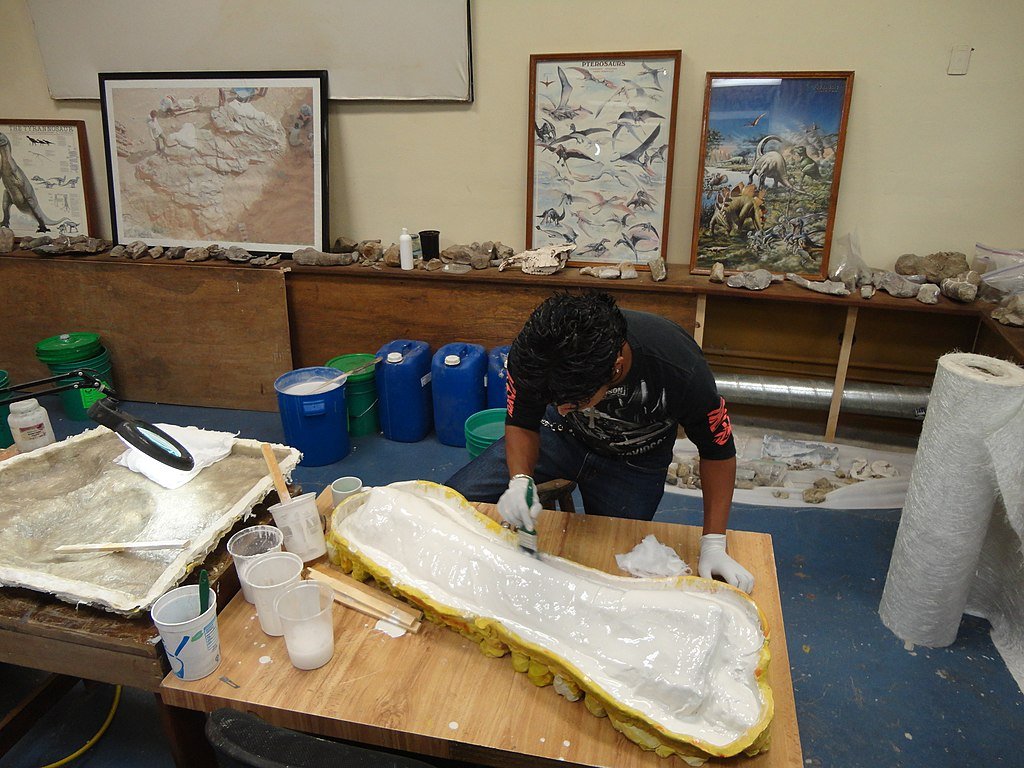Exploring the lengthy limestone corridors of Mammoth Cave is like stepping back in time. Hidden beneath Kentucky’s rolling hills, this vast cave system—one of the longest in the world—holds more than just geological wonders. It is a crucial repository of prehistoric life, offering tantalizing glimpses of a bygone era when mammoths roamed and giant sloths lumbered through now-vanished woodlands. As researchers piece together these ancient puzzles, they reveal a Kentucky drastically different from today’s bluegrass fields.
Introduction

The story of Mammoth Cave’s megafauna begins with the end of the last Ice Age, a period that saw much of North America covered in enormous ice sheets. Kentucky, positioned just south of these glaciers, became a sanctuary for a range of massive creatures, often called “megafauna.” Fossilized remnants of these animals are periodically uncovered within the cave, providing valuable insights into the region’s prehistoric biodiversity.
“Mammoth Cave”

Among the most iconic findings in the Mammoth Cave area are those of the American mastodon and the woolly mammoth. These colossal creatures, characterized by their shaggy coats and enormous tusks, were well-adapted to the glacial climates. Their fossils reveal much about their diets, migratory patterns, and the environments they roamed. Specifically, the teeth of the mastodon suggest a diet of tougher, scrubby vegetation, paralleling the transition from icy plains to flowing grasslands and forests.
More Fossil Discoveries

Besides the giants like the mastodon and mammoth, the Mammoth Cave area was also home to the giant ground sloth. This fascinating creature, much larger than any modern sloth, roamed Kentucky’s ancient woodlands, consuming leaves and small branches. Fossils indicate that these sloths were surprisingly agile, with powerful limbs capable of fending off predators and foraging tree branches with ease.
One of the more intriguing aspects of the fossil discoveries in Mammoth Cave is the presence of predators, such as the saber-toothed cat and the dire wolf. These formidable hunters are often depicted as the villains of the Ice Age narrative, yet they played a crucial role in maintaining the ecological balance. Their fossils help researchers understand predator-prey dynamics and the aspects of survival in the prehistoric landscapes of Kentucky.
Smaller Creatures

The fossils of smaller creatures, such as prehistoric rodents and birds, do not capture public imagination like their larger counterparts but are equally critical in painting a full picture of Ice Age Kentucky. These animals offer evidence of a diverse, albeit volatile, ecosystem where every species played a role. Their preservation in the cave’s unique microclimate offers insights into species adaptation and survival strategies.
What The Evidence Tell Us

Research into the sediment layers and mineral deposits within Mammoth Cave also provides clues about the climate and environmental conditions of the past. Changes in stratigraphy reflect fluctuations in temperature and precipitation, shedding light on how climatic shifts influenced megafauna habitats. This geological data, combined with fossil analysis, allows scientists to reconstruct ancient ecosystems with impressive detail.
Today, modern technology aids paleontologists working within Mammoth Cave. Advanced techniques, such as radiocarbon dating and DNA analysis, enable scientists to extract and analyze minuscule traces of ancient organic material. This cutting-edge research is not only refining our understanding of when and how these creatures lived but also how they died, providing further context to the natural forces that shaped their extinction.
Extinction Theories

The extinction of these grand creatures, occurring around 10,000 years ago, is a significant area of study. The leading theories range from climate change-induced habitat destruction to overhunting by early humans. Fossil sites within Mammoth Cave contribute valuable data to these hypotheses, offering evidence that may eventually solve one of paleontology’s great mysteries.
Wrapping Up

Preservation efforts at Mammoth Cave are crucial not only for biodiversity conservation but also for cultural heritage. Protecting these prehistoric treasures demands continuous commitment, ensuring that ongoing research can continue to uncover more hidden chapters of Earth’s history without disturbing this delicate underground environment.
The fossils of Mammoth Cave serve not merely as relics of a forgotten world but as guides for understanding Earth’s dynamic systems. These insights not only enhance our scientific knowledge but also emphasize the timeless relevance of preserving our natural heritage.




